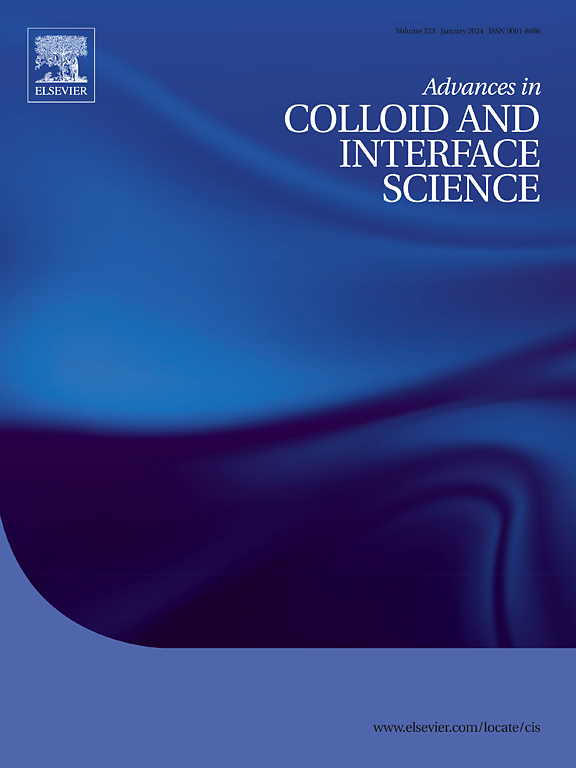Estimating fluid-solid interfacial free energies for wettabilities: A review of molecular simulation methods
IF 15.9
1区 化学
Q1 CHEMISTRY, PHYSICAL
引用次数: 0
Abstract
Fluid-solid interfacial free energy (IFE) is a fundamental parameter influencing wetting behaviors, which play a crucial role across a broad range of industrial applications. Obtaining reliable data for fluid-solid IFE remains challenging with experimental and semi-empirical methods, and the applicability of first-principle theoretical methods is constrained by a lack of accessible computational tools. In recent years, a variety of molecular simulation methods have been developed for determining the fluid-solid IFE. This review provides a comprehensive summary and critical evaluation of these techniques. The developments, fundamental principles, and implementations of various simulation methods are presented from mechanical routes, such as the contact angle approach, the technique using Bakker's equation, and the Wilhelmy simulation method, as well as thermodynamic routes, including the cleaving wall method, the Frenkel-Ladd technique, and the test-volume/area methods. These approaches can be applied to compute various fluid-solid interfacial properties, including IFE, relative IFE, surface stress, and superficial tension, although these properties are often used without differentiation in the literature. Additionally, selected applications of these methods are reviewed to provide insight into the behavior of fluid-solid interfacial energies in diverse systems. We also illustrate two interpretations of the fluid-solid IFE based on the theory of Navascués and Berry and Bakker's equation. It is shown that the simulation methods developed from these two interpretations are identical. This review advocates for the broader adoption of molecular simulation methods in estimating fluid-solid IFE, which is essential for advancing our understanding of wetting behaviors in various chemical systems.

求助全文
约1分钟内获得全文
求助全文
来源期刊
CiteScore
28.50
自引率
2.60%
发文量
175
审稿时长
31 days
期刊介绍:
"Advances in Colloid and Interface Science" is an international journal that focuses on experimental and theoretical developments in interfacial and colloidal phenomena. The journal covers a wide range of disciplines including biology, chemistry, physics, and technology.
The journal accepts review articles on any topic within the scope of colloid and interface science. These articles should provide an in-depth analysis of the subject matter, offering a critical review of the current state of the field. The author's informed opinion on the topic should also be included. The manuscript should compare and contrast ideas found in the reviewed literature and address the limitations of these ideas.
Typically, the articles published in this journal are written by recognized experts in the field.

 求助内容:
求助内容: 应助结果提醒方式:
应助结果提醒方式:


